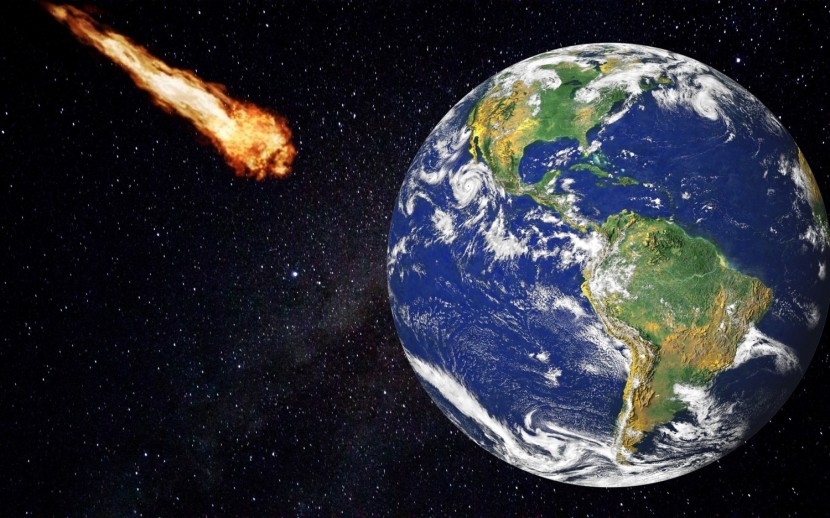
An asteroid is reportedly expected this weekend to be in flight near the Earth. It will be more than five kilometers away from the Earth though it might be seen bigger than the Empire State Building.
According to LADbible, on Saturday, June 6, the asteroid, 163348 (2002 NN4), will pass by near the Earth with an expected travel velocity of 11,146 kilometers per hour.
In a report by New York Post, Asteroid, 163348 (2002 NN4), is a very small asteroid that has been classified by NASA as "Potentially Hazardous" since it has predicated close pass with the planet. Its diameter is between 0.254 to 0.568 kilometers based on its brightness and its way of reflecting light, which made it bigger than the New York Empire State Building has a height of 0.4432 kilometers.
Even though 163348 (2002 NN4) is considered small, it is still bigger than the 90% of other asteroids, which are approximately the same size as a football field. The asteroid is labeled as an Aten-class Asteroid and categorized as both Potentially Hazardous Asteroid (PHA) and Near-Earth Asteroid (NEA).
Reportedly, 163348 (2002 NN4) is categorized as a very small asteroid which has an orbit that could bring it near the Earth.
The 2002 NN4 is anticipated to orbit around the sun every 300 days (0.82 years). It travels as far as 1.26 AU from the sun and comes as near as 0.50 AU from the Earth. It takes 14.5 days for it to complete a rotation on its axis.
As predicted by scientists, many asteroids are predicted to "close-approach" with the Earth in the future. At the moment, there are around 30 of these forecasted events, and after nine years, 2002 NN4 is expected to be back.
Space reported that every month small asteroids pass by the planet. According to Lindley Johnson, NASA's Planetary Defense Officer, small asteroids such as 2020 HS7 pass by the Earth with safety for several times in a month.
According to the data added by Spacereference, 2002 NN4's orbit is about 0.01 AU from the orbit of the Earth, which is at its nearest point. The website stated that the asteroid's orbit is somewhat close to the Earth's orbit.
Johnson stated that 2020 HS7 has not risen threat to Earth and added that even the asteroid was on a collision path with Earth, it is too small in size that it would be fallen to pieces by the Earth's atmosphere.
As reported by the European Space Agency, 2020 HS7 passed by 42,735 kilometers or 26,550 miles away from planet Earth's center and about 1,200 kilometers or 750 miles from the closest satellite in geostationary orbit. The steroid has reportedly passed under the satellite, which stayed intact.
On April 29, a masked asteroid approached near the Earth, which was about 16 times farther than the distance to the Moon at its nearest point. Like 2002 NN4, the 1998 OR2 is also categorized as both PHA and NEA.
The 1998 OR2 asteroid was seen in the radar view image, which was taken by Arecibo Observatory in Puerto Rico while tracking the asteroid's movement like it was covered by a face mask. Scientists say that based on the asteroid's orbital paths the 1998 ORS will pass by the Earth
© 2026 HNGN, All rights reserved. Do not reproduce without permission.








